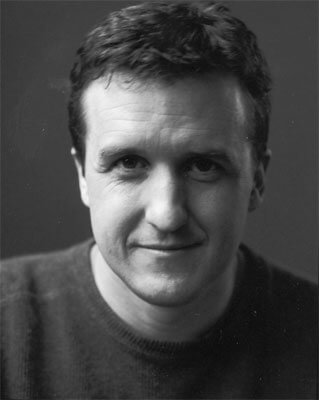In today's growing global society the precious differences between our many world cultures are rapidly eroding away. What do we all lose when an ancient culture disappears and centuries of tradition are abandoned and then forgotten? For me, photography has become a way to speak out against this passing. It is a way to record an existence that may soon vanish, to capture and celebrate what it is that makes a people unique, not just in appearance, but also in spirit. The method and style of my photography is very traditional. My equipment has changed little in over a century. I travel with a large format wood view camera and a portable studio tent. My traveling studio not only controls the light but also serves as a common meeting ground in which my subjects present themselves. I give them little direction and I let serendipity rule the moment. The goal is to create a portrait that reveals something beneath the obvious: a sense of grace, nobility, or humanity. The photograph needs to be more than just an observation. It is my hope that the connection made between the subject and myself will be passed on to others through my work. My wish is to honor my subjects in a simple un-patronizing and respectful way. The images that are captured on film come to life for me in the darkroom. Irving Penn said, "A beautiful print is a thing in itself, not just a halfway house on the way to the page". I love to dig deep into a negative to create a print that is full of the light, textures, and depths of expression that I experienced in the field. The result should be an image that not only tells a story about its subject, but is also a beautiful object in itself. Native Americans referred to photographers of the 19th century as "shadow catchers", and feared that the camera would steal away their spirit. That, in fact, is exactly what I hope to do. Not only to capture light, but also the "essence" of the people I photograph. In this way maybe I can preserve more than just a moment before it fades away into time.
My love of photography began when I discovered Irving Penn's Worlds in a Small Room. Penn's work, as well that of Bruce Davidson, sparked my creative imagination. I attended Rochester Institute of Technology where I was taught the science and history of photography. But my real education began at the Richard Avedon Studio. I started as his studio assistant then eventually became his master printer. For 15 years I observed his passion, intelligence and meticulous craftmanship. That relationship opened the door to working with my original heros, Irving Penn and Bruce Davidson. Each of these masters informs and inspires my work. Mr. Penn for his wide range and love for the exquisite print; Davidson for the way he immerses himself in his subject, instilling trust; and Avedon with his intense preparation and skillfull cajoling, getting behind the "masks" of his subjects.
Source: www.johndelaney.net
